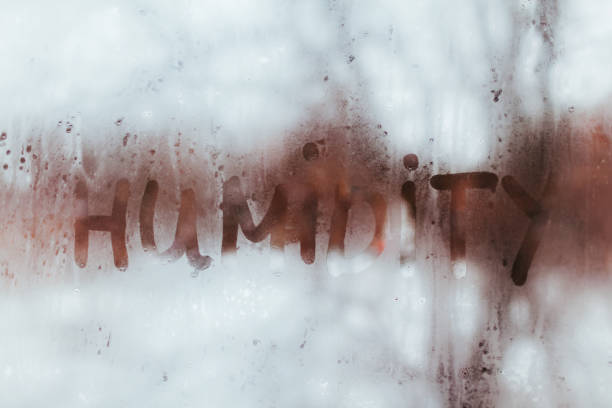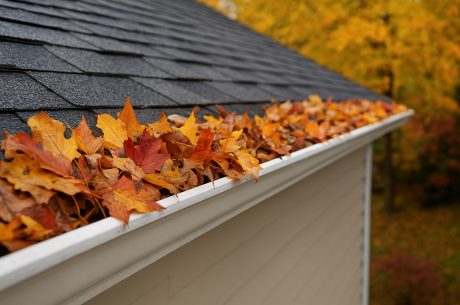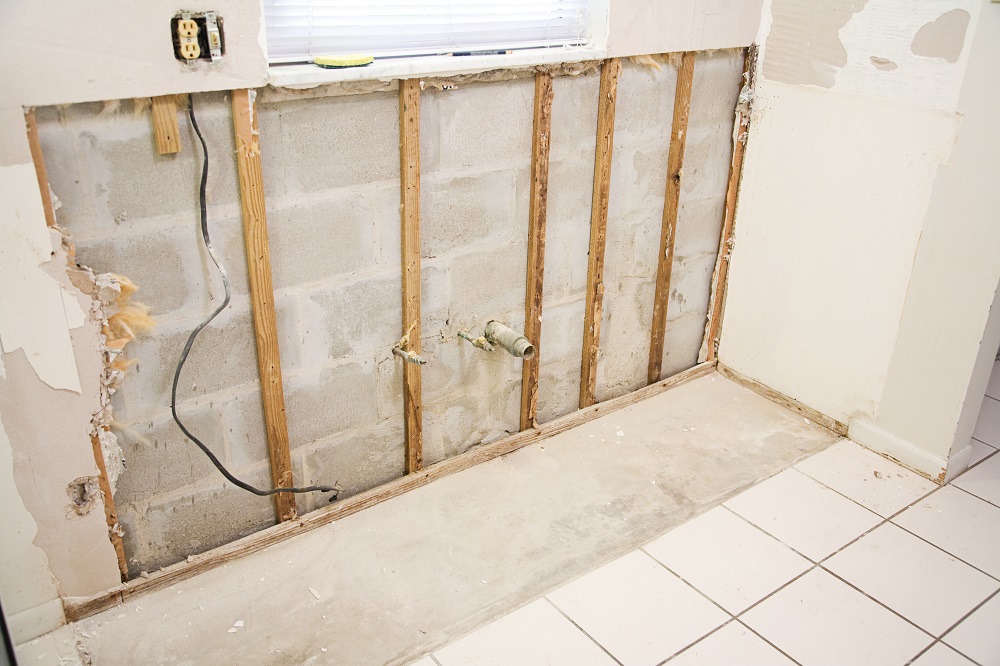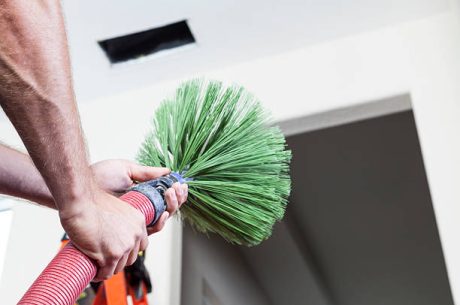As the days get warmer and longer, many of us welcome the sunshine and greenery that May brings. But along with the blooming flowers and chirping birds comes something less welcome: rising humidity. Late spring is a transitional season where temperatures climb and moisture in the air begins to spike—creating the perfect storm for potential moisture damage in your home.
While a little humidity might seem like no big deal, prolonged exposure to high indoor moisture levels can result in serious consequences like mold growth, warped wood, peeling paint, and even structural damage. Understanding how to manage indoor humidity levels is essential for maintaining a healthy and safe home environment—and that’s where your friends at PuroClean come in.
The Moisture Danger Zone
Humidity levels are measured by relative humidity (RH), and most experts agree that the ideal indoor RH is between 30% and 50%. When RH creeps above 60%, you start to run into trouble. Moisture can collect on walls, ceilings, floors, and windows—creating damp, welcoming environments for mildew, mold, and bacteria.
During late spring, rainstorms, warmer weather, and increased use of appliances like air conditioners and humidifiers can all contribute to an excess of indoor moisture. If left unchecked, this can lead to hidden damage behind walls, under flooring, and in attics or basements.
Signs Your Home Has a Humidity Problem
Not sure if humidity is hurting your home? Here are some signs to look for:
- Musty odors: That damp, earthy smell? It’s often a red flag for mold or mildew.
- Condensation: Notice water droplets forming on the inside of windows or cold surfaces? That’s a sure sign of excessive moisture in the air.
- Warped wood or buckled floors: Moisture can cause wood to expand, shift, or even crack.
- Peeling paint or wallpaper: When humidity gets behind your walls, it wreaks havoc on finishes.
- Visible mold growth: Spots on walls, ceilings, or around vents and windows are often just the tip of the iceberg.
How to Keep Humidity in Check
Good news: There are many proactive steps you can take to control indoor humidity and prevent moisture damage before it starts.
1. Use a Hygrometer
A hygrometer is a handy tool that measures indoor humidity. Affordable and widely available, it gives you a snapshot of the moisture levels in your home and helps you monitor problem areas like bathrooms, basements, and kitchens.
2. Ventilate High-Moisture Areas
Install exhaust fans in bathrooms and kitchens, and use them regularly—especially when showering or cooking. If you don’t have fans, open a window to let steam and humidity escape.
3. Run a Dehumidifier
If your home consistently feels damp or has musty odors, a dehumidifier can make a big difference. These devices remove excess moisture from the air and are especially effective in basements and crawl spaces.
4. Repair Leaks Quickly
A leaking pipe, faucet, or roof can quietly introduce moisture into your home. Check plumbing and roofing regularly, and fix issues promptly to avoid long-term damage.
5. Maintain Your HVAC System
Air conditioners help remove moisture as they cool your home. Make sure your system is working efficiently and change filters regularly to maintain good airflow.
6. Seal Windows and Doors
Drafty windows and doors can let humid outdoor air inside. Use weather stripping or caulking to keep moisture (and energy costs!) under control.
7. Store Belongings Wisely
Avoid keeping cardboard boxes, papers, or fabrics in damp areas like basements or attics. Use plastic bins with tight lids to prevent mold growth on stored items.
When to Call in the Pros
Sometimes, even with your best efforts, moisture damage can go unnoticed until it becomes a serious issue. That’s where PuroClean steps in.
At PuroClean, we specialize in water damage restoration, mold remediation, and property rescue services. Our certified technicians use state-of-the-art moisture detection tools to find hidden damage, assess the extent of the issue, and create a customized action plan to restore your home safely and efficiently.
Whether it’s moisture behind your walls, mold creeping through the drywall, or a persistent leak you can’t pinpoint, we’ve seen it all—and we know how to fix it. Acting early can save you thousands in repair costs and, more importantly, protect your health and your home’s structural integrity.
Final Thoughts
Late spring should be a time for fresh air and open windows—not moisture-related stress. By staying aware of the signs of high humidity, taking preventive measures, and knowing when to call for help, you can keep your home dry, clean, and healthy as we head into the summer months.
Don’t let hidden humidity put your home at risk. If you suspect moisture damage or mold growth, reach out to your local PuroClean team today. We’re ready 24/7 to help restore your peace of mind—one dry surface at a time.



